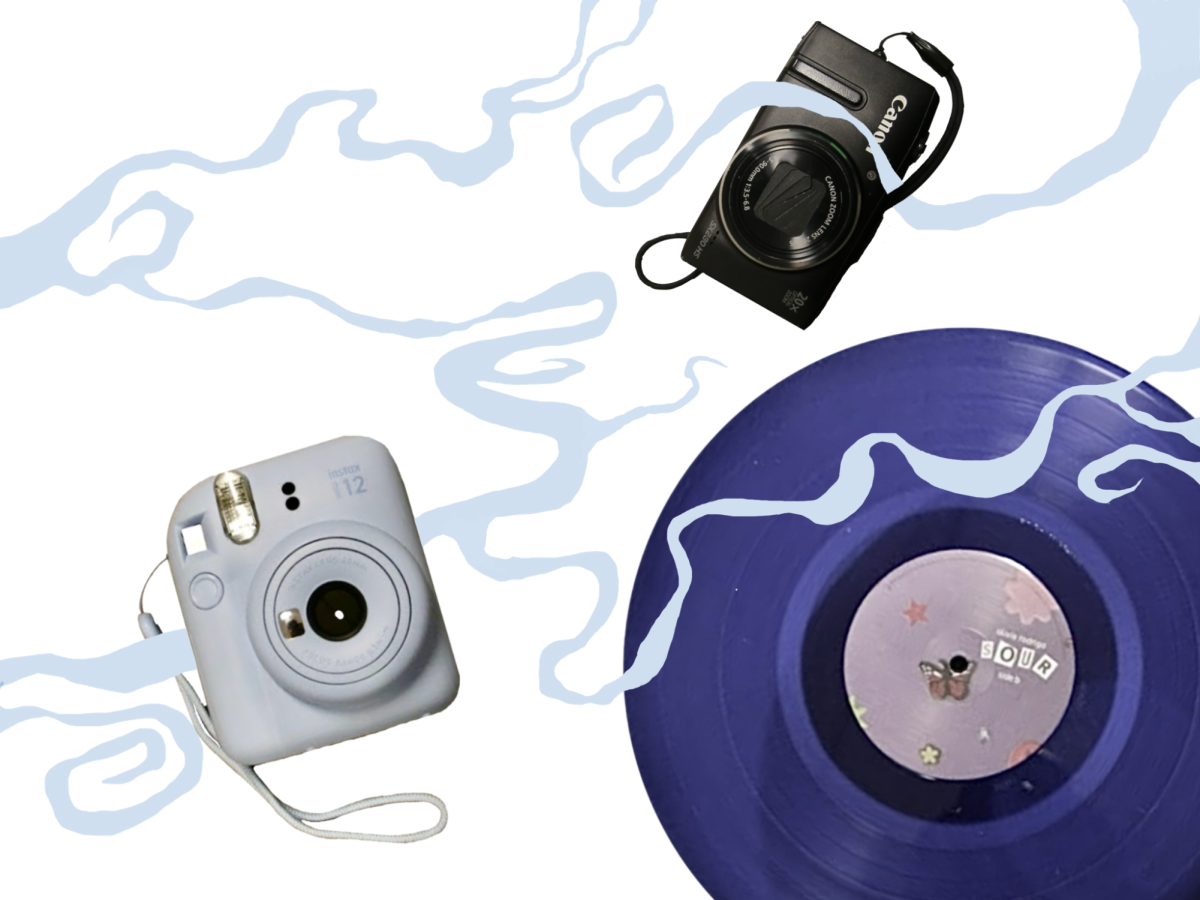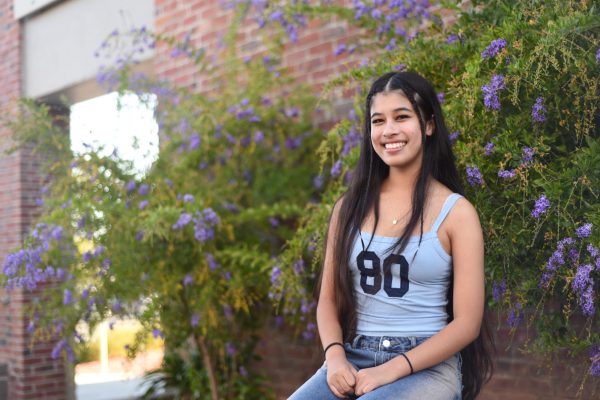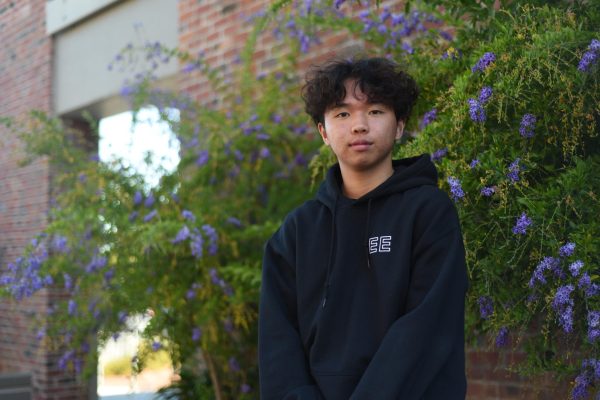For the record

Filled with an ever-growing pile of vinyl in printed cardstock sleeves, freshman Aprameya Rupanagunta’s living room coffee table is home to many records. Rupanagunta has found a new appreciation for music through these vinyls, citing Taylor Swift’s “folklore” as her favorite.
“I love it — I listen to it all day, every day,” Rupanagunta said. “The songs are obviously great, so buying the album in a physical form is such a cool thing. It brings a nice quality to it.”
According to Rupanagunta, listening to vinyl has given her family an opportunity to sit together and build memories over music. She says that her parents have been especially interested in building a collection of classical Indian music records from their youth, including records by playback singer Kishore Kumar.
“A special thing about record players is that a huge demographic is interested in them,” Rupanagunta said. “Our generation is interested in record players because it’s trending online, but my parents love it because they grew up with it — it’s like they get to relive a part of their childhood. It really bridges gaps between generations.”
Tangible memories
Junior Juliana Therese Bañes received her Polaroid camera as an 11th birthday gift from her mother. Bañes’ Polaroid is the Fujifilm Instax Mini9 Instant Camera in smokey white, which she uses on outings with her friends to print and distribute film copies of their photos together.

“It’s cute for room decor and you can actually hang it up, unlike phone photos,” Bañes said. “I love the vintage vibe. Quality-wise, a phone camera is better, but it’s cute to keep a physical copy of the photo.”
To Bañes, polaroid cameras are a pricey investment — excluding the price of the camera itself, each package of 10 pieces of instant film can cost up to $20. However, Bañes made the purchase worth it by capturing some of her favorite memories tangibly through her Polaroid photos.
“Before I moved to California, my friend and I met on the last day of school — we were both moving that summer,” Bañes said. “I have so many Polaroids from that day, and it’s nostalgic to look back on.”
Snap to it
When sophomore Sahana Suresh first took her dad’s red Canon Powershot camera to science camp in fifth grade, the camera didn’t instantly capture her heart. She vividly recalls finding the photos old and grainy, falling short next to modern smartphone photography. However, after a few years of experimentation with photography, she discovered that digital photography offers unique aspects that can’t be found elsewhere.
“I think there’s a charm with using a digital camera that’s different from just using your smartphone,” Suresh said. “Using a digital camera makes me feel more mindful when taking a picture, whereas when I use my iPhone, I just start clicking a bunch of buttons.”

Suresh admits that there are certain abilities digital cameras lack in comparison to smartphone cameras, such as inflexibility in camera settings. However, she explains that digital cameras’ flaws may actually be their greatest strength.
“I love the static feeling the photos give me and how nostalgic it feels,” Suresh said. “I can just remember times with my family as we’re gathering around the computer and looking at old pictures. When I’m older and I’m looking back through the pictures, I can kind of see what I saw in my eyes at that moment.”












